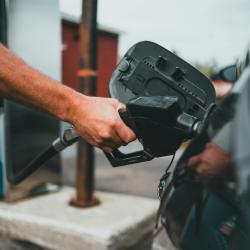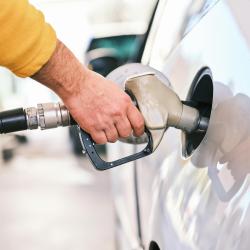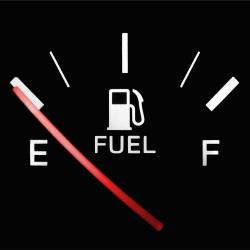How to Drive More Efficiently in City Traffic
Navigating city traffic can often feel like a test of patience and skill. Congested roads, endless traffic signals, and unpredictable driving behavior can turn a simple drive into an exhausting ordeal. However, with a few strategic approaches, you can enhance your driving efficiency, reducing stress and even saving on fuel costs. Here’s a guide on how to drive more efficiently in city traffic.
1. Plan Your Route
Before heading out, take a moment to plan your route. Use GPS apps that provide real-time traffic updates and suggest alternative paths to avoid congestion. Familiarize yourself with multiple routes to your destination, so you can adapt quickly if unexpected traffic conditions arise. This proactive approach not only saves time but also reduces the stress of getting stuck in traffic jams.
2. Optimize Driving Techniques
Efficient driving starts with how you control your vehicle:
- Smooth Acceleration and Braking: Rapid acceleration and hard braking waste fuel and wear out your vehicle. Instead, accelerate smoothly and anticipate stops to brake gently.
- Maintain a Steady Speed: In heavy traffic, it’s challenging to maintain speed, but try to keep a steady pace when possible. Use cruise control on highways when appropriate to improve fuel efficiency.
- Anticipate Traffic Flow: Look ahead to see brake lights or changes in traffic flow. By anticipating the actions of other drivers, you can adjust your speed accordingly and minimize unnecessary stops and starts.
3. Reduce Idling
Idling is a major fuel waster. If you're stopped for more than a minute, such as at a long traffic light or in a queue, consider turning off your engine. Modern vehicles are designed to handle frequent restarts without excessive wear, and this practice can significantly save fuel.
4. Keep Your Vehicle in Top Condition
A well-maintained vehicle runs more efficiently:
- Regular Maintenance: Adhere to your vehicle’s maintenance schedule for oil changes, air filter replacements, and tire rotations.
- Proper Tire Inflation: Under-inflated tires can lower gas mileage. Check tire pressure regularly and keep them inflated to the recommended levels.
- Use A/C Wisely: Air conditioning can increase fuel consumption, especially in stop-and-go traffic. Use it judiciously, and consider using the vehicle’s ventilation system instead when driving at lower speeds.
5. Minimize Load and Drag
Carrying excess weight decreases fuel efficiency, so remove unnecessary items from your vehicle. Additionally, roof racks and carriers increase aerodynamic drag, reducing fuel efficiency even further. Whenever possible, remove them if they are not in use.
6. Drive During Off-Peak Hours
If your schedule allows, try to drive during off-peak hours. Traffic is usually lighter, which means less idling and stop-and-go driving. This not only saves time but also reduces fuel consumption and emissions.
7. Adopt a Mindful Driving Attitude
Lastly, cultivate a mindful driving attitude. Recognize that aggressive driving, such as tailgating or weaving through traffic, often results in minimal time savings but significantly increases fuel consumption and stress levels. Stay calm, be patient, and keep a safe distance from the vehicle in front of you.
By integrating these strategies into your daily driving habits, you can navigate city traffic more efficiently. The benefits include not only reduced fuel costs and less wear and tear on your vehicle but also a more relaxed and enjoyable driving experience. Remember, efficient driving is not just about reaching your destination faster; it’s about getting there smarter.






















